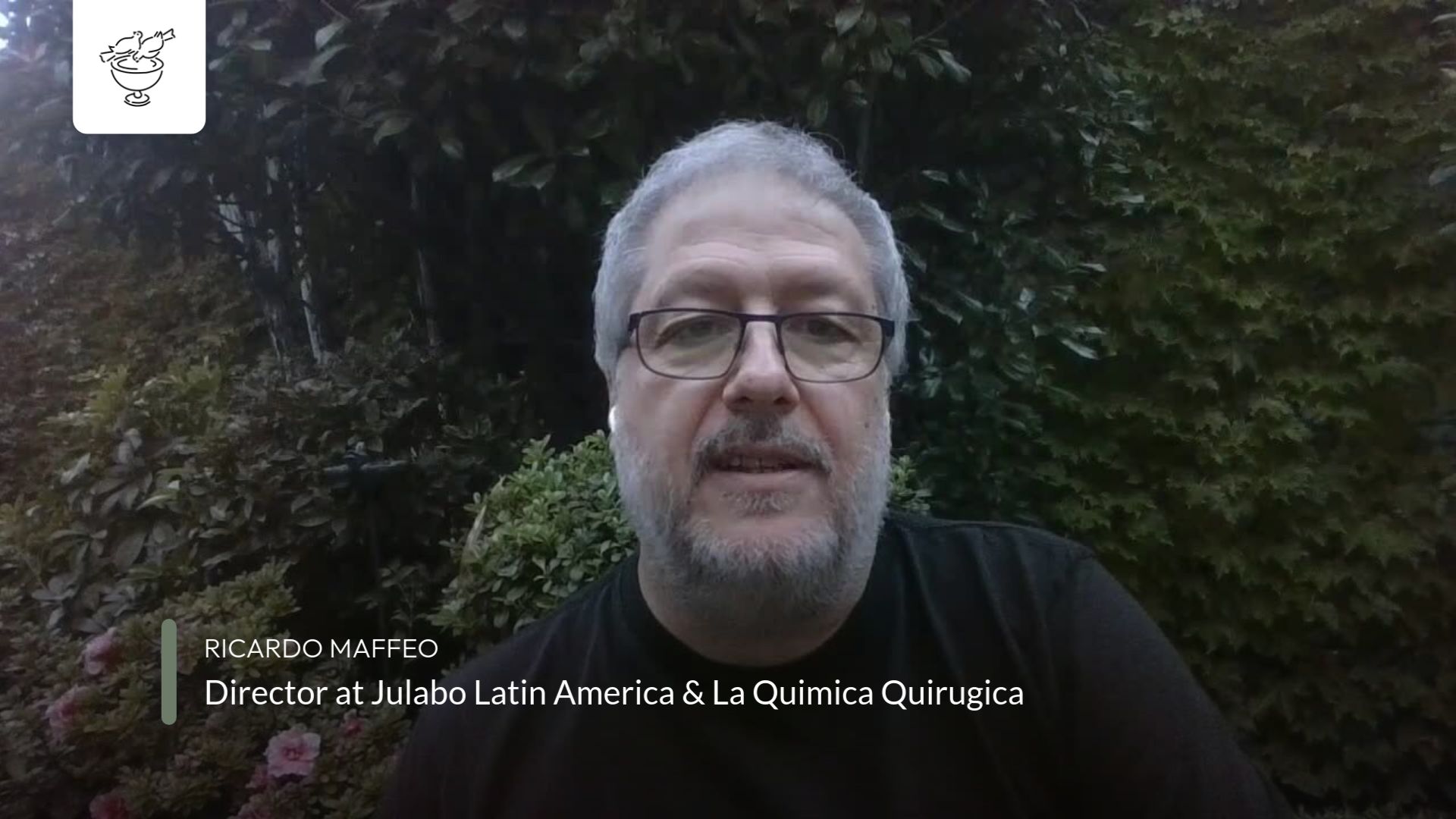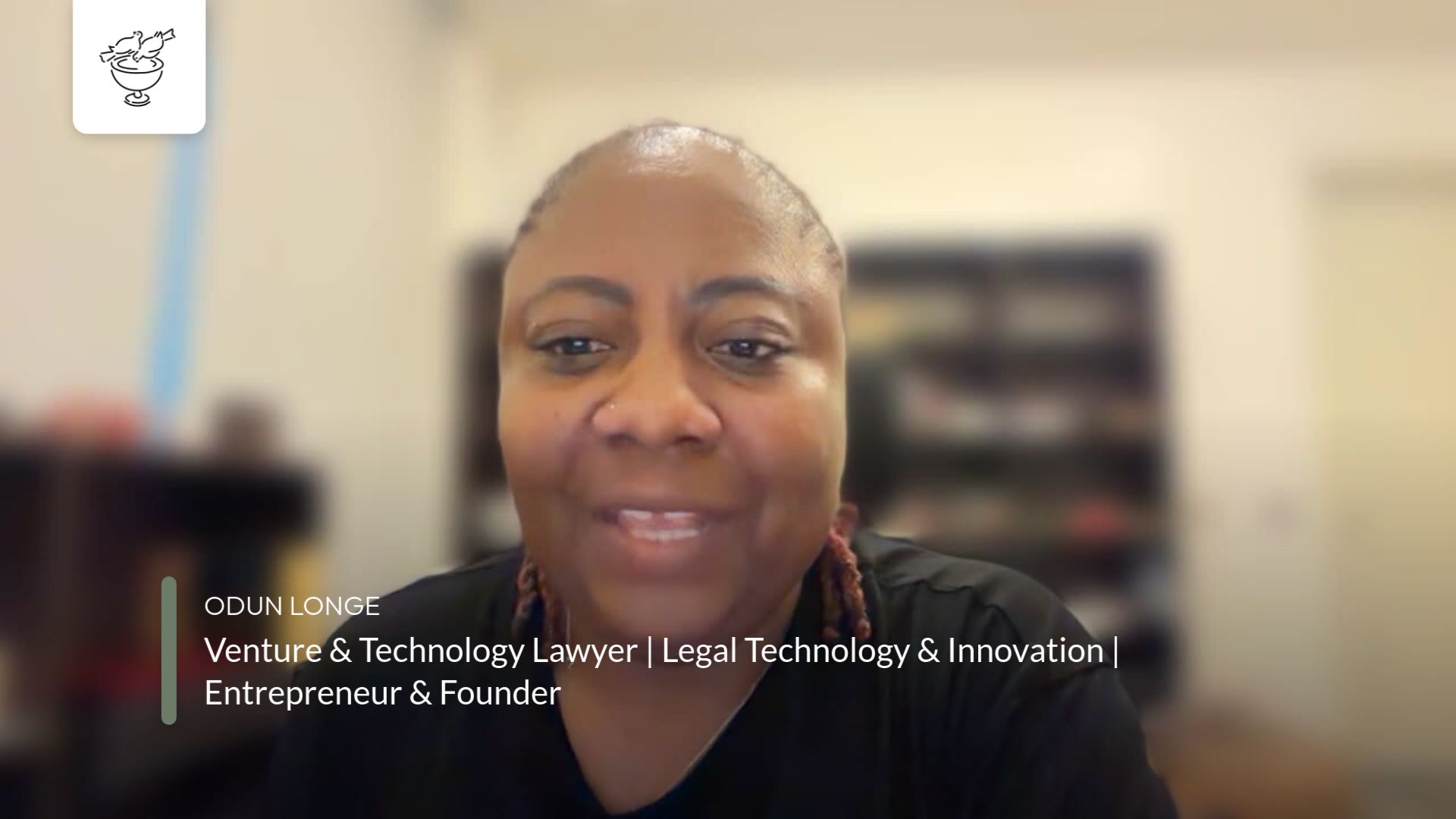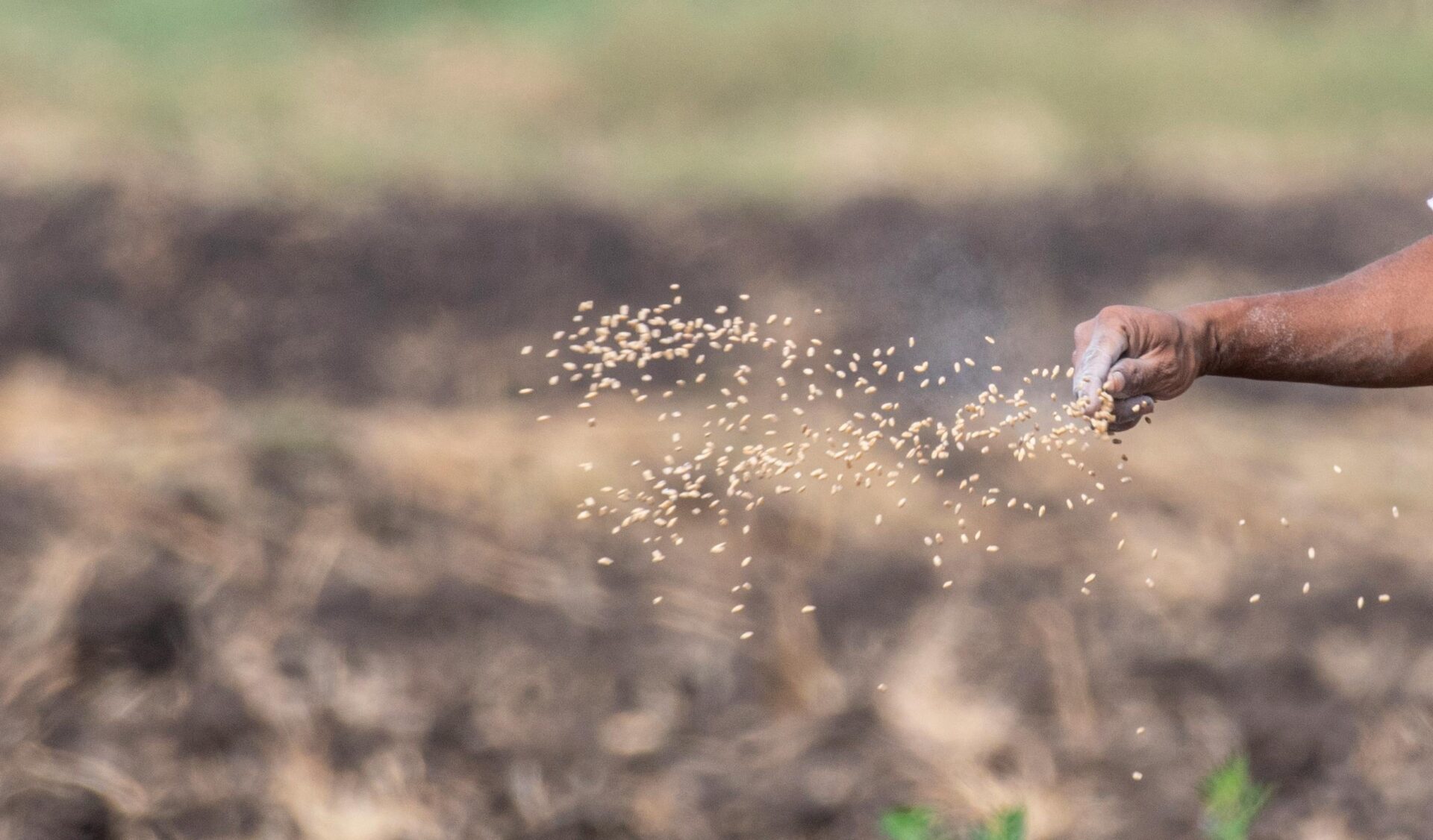Opportunities to ‘walk through fear’ and into life allowed me to experience, bit by bit, this deeper being of my self.
Many of us may be familiar with the term ‘monkey mind’. Thubten Chodron, Buddhist author, teacher and Abbess, writes that the expression was used by the Buddha
to describe the agitated, easily distracted and incessantly moving behaviour of ordinary human consciousness (Taming the Monkey Mind, 1995).
We have all experienced this; the way consciousness can create, roam in, attach to, and identify with a vast array of thoughts, images, sensations, and emotions that move within us. Thubten Chodron uses a quote from the Buddha to further illustrate her monkey mind point:
Just as a monkey swinging through the trees grabs one branch and lets it go only to seize another, so too, that which is called thought, mind or consciousness arises and disappears continually both day and night.’ (S.II,95).
Recently, at Meditatio House, while we were meditating, I was distracted by a Fly. It had earlier made its way into the meditation room and was now trying to get out. It was continually flying into the glass bay doors that allow access to the back yard. It would hit the glass and continue to fly, trying to force its way through the invisible barrier in its way. The noise was one long buzz, a buzz which would run for a few seconds until the Fly needed to rest. After resting it would start again. Bzzzzzzzzzzzzzzzzzzzzz!
The noise reminded me of an expression which I heard a friend of mine from Australia use once to describe an agitated, active human consciousness: the blow fly mind. Australia is (in)famous for its Flies – they can be big and loud and are numerous. Imagine half a dozen of the things hitting a glass window, buzzing and buzzing and buzzing. Now that is an analogy for an over-active mind, an analogy easily comparable to a tree full of chattering Monkeys!
Spirituality calls these energetic movements of consciousness distractions. But what are they distracting us from, and who is doing the distracting?
Perhaps we are continuing a long-term pattern of being distracted from our own psychological woundedness. It is the ego (the energy of surface consciousness) that can draw attention away from this woundedness. Perhaps there is a well-founded belief that we need protection from these wounds, and that to ‘get on’ with life we cannot afford to waste time on hurts and the past.
We may have begun to call these wounds we are trying to avoid (with distractions) our distractions. The real distractions we may be experiencing as welcome relief.
For me, it was feelings of anxiety being covered over by the ‘welcome relief’ of TV, warped religion, and tertiary study. It was these external activities that fed the ‘necessary’ internal movement (the Blow Flies) that was distraction from the anxiety.
As the years passed, however, the anxiety became too prominent, too strong for my ego to contain with distraction. This anxiety (essentially a fear of the future) was being intensified, fed by a churning mind. My mind churned life as a problem to solve. I would be safer, I believed, if I could work life out before living it. I wanted to eliminate failure and rejection, or at least minimise them. There had already been too much rejection. Eventually (and with help) I came to see that I was actually living anxiety rather than living life.
These Blow Flies, as they draw attention to the surface, cause us to forget something else: our deeper self, that mysterious being which is our true selves in God. Ego doesn’t want attention there. More attention on this self is less attention on ego. So the Blow Flies keep buzzing attention away from this deep mystery of who we are.
The difficulty with this is that in order to experience the reality of the Divine Life we first must be in contact with this mysterious self. This is a foundational insight of spiritual and human life. If our attention is too caught up in ego-driven distraction, then there will be limited opportunity to experience this self, and so God. There may be experiences of awe, wonder, and love which suspend ego and distractions long enough for us to get an experiential ‘glimpse’ of something deeper; however these brief experiences are not enough to build a long term and transformative life of prayer on.
What is needed is a commitment to a prayer practice that trains attention away from distractions. We are then in a better position to experience self and from there the Divine. Engagement with a practice like this can require courage because it will gently invite us to face what we have been distracted from: our own wounds, our own interior life.
I can still remember the first time I realised that what I was feeling, creating, and desperately trying to avoid was anxiety. I was 24 years old. I had a choice: I could continue to avoid anxiety by avoiding life (and thus feed depression), or I could learn to live with the anxiety and, over time and with help, experience the roots of it and allow grace to heal.
Christian meditation is a practice that has as its essential component the training of attention away from distraction. For many of us it is a particularly courageous act to begin and continue with the mantra. The way to the experience of self and, ultimately, into God is also a way that takes many of us through suffering. This suffering, thankfully, is not a dead end, and is not without hope. What is waiting for us is the experience of new life in the deep self. This self was always there, though only known (mostly) on the edge of consciousness.
A deep, persistent longing for God to somehow ‘save me’ would draw me on. Opportunities to ‘walk through fear’ and into life allowed me to experience, bit by bit, this deeper being of my self. Soon, and with guidance, I came to see that this self was in God. My being was held in Being and, in time, I experienced this Being as Love. As anxiety faded a life of love grew. My companion on this journey was the mantra. With it grace quietly healed and with it grace uncovered from my past what I needed to experience and name. And so it continues.





